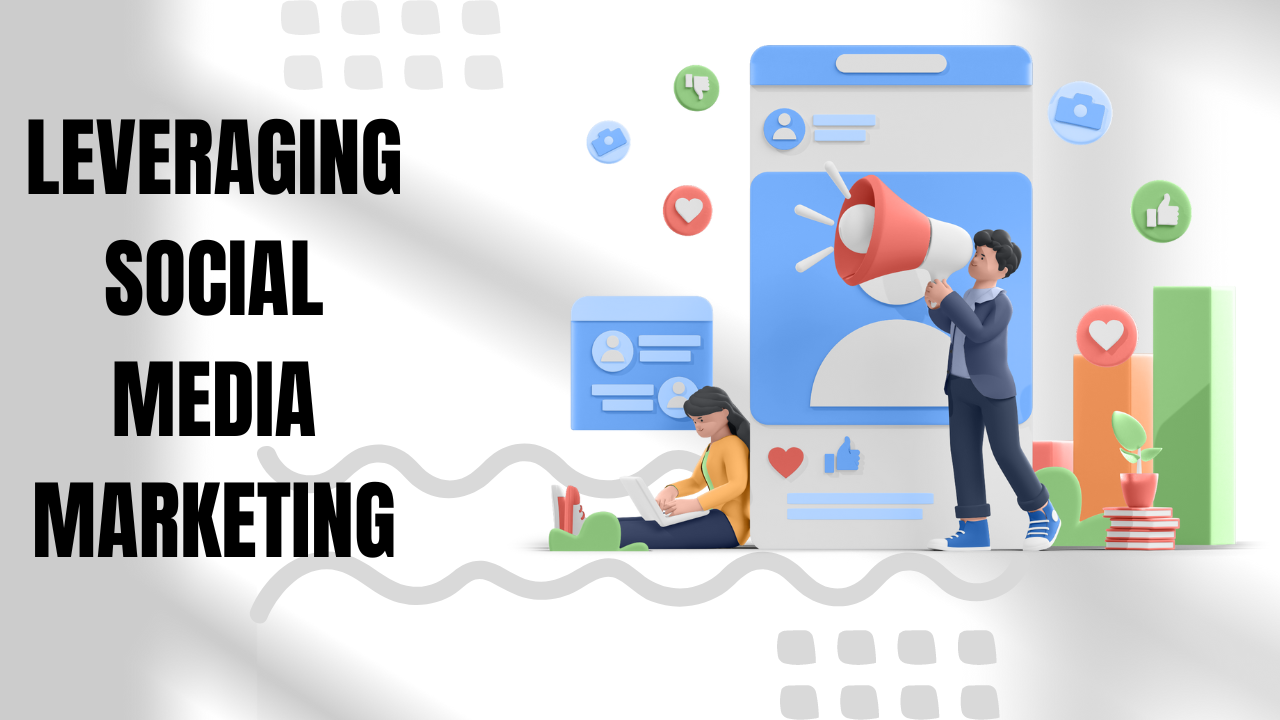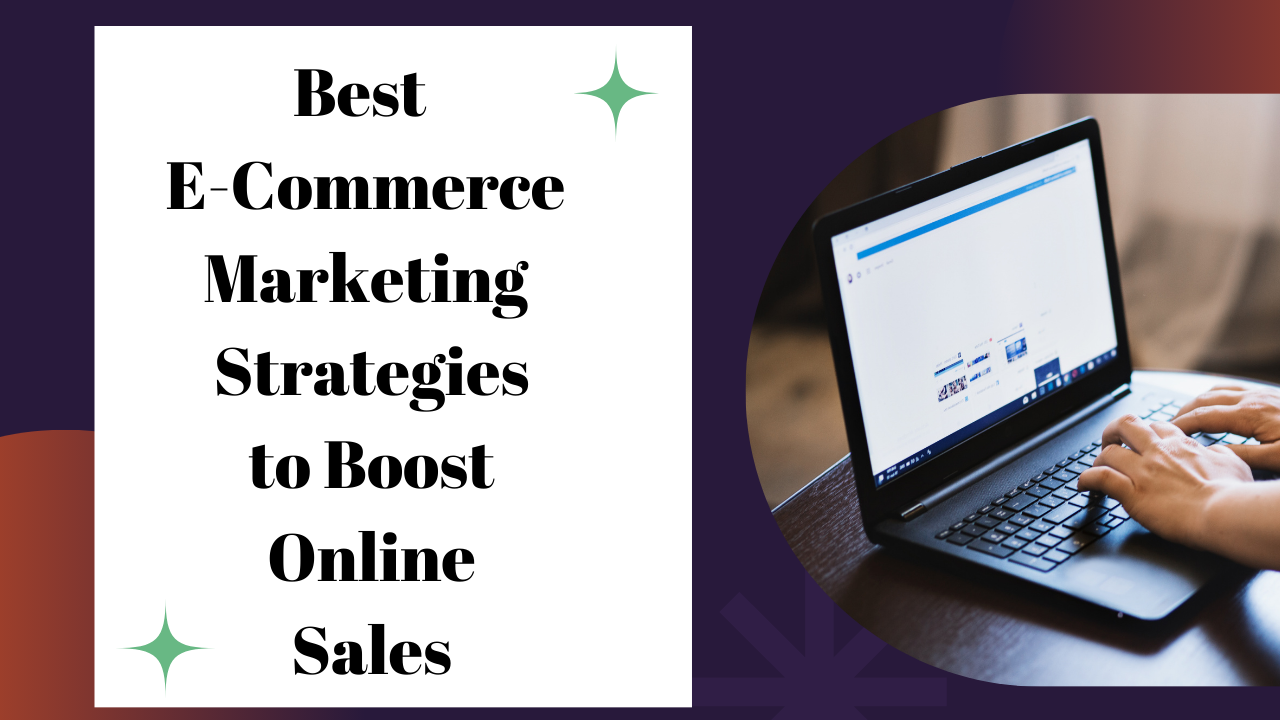In today’s digital marketplace, e-commerce businesses face fierce competition. To stand out, companies must not only provide quality products but also implement effective marketing strategies. This article explores the best e-commerce marketing strategies that can significantly boost online sales, helping you transform your online store into a thriving business.
Understanding Your Target Audience
Defining Your Audience
Before diving into marketing strategies, it’s crucial to understand who your customers are. Define your target audience by creating buyer personas that include demographics, interests, shopping behaviors, and pain points. This insight will help you tailor your marketing efforts effectively.
Conducting Market Research
Utilize surveys, focus groups, and analytics tools to gather data on consumer preferences and trends. Tools like Google Analytics, social media insights, and customer feedback will provide valuable information on what your audience is looking for.
Optimizing Your E-Commerce Website
User-Friendly Design
A clean, intuitive website design enhances the user experience. Ensure that your site is easy to navigate, mobile-friendly, and fast-loading. A positive shopping experience encourages customers to return.
SEO for E-Commerce
Search Engine Optimization (SEO) is crucial for driving organic traffic to your website. Optimize your product descriptions, meta tags, and images with relevant keywords. Regularly update your content with blog posts that answer customer questions or provide valuable information.
High-Quality Product Images and Descriptions
Invest in high-quality images and compelling product descriptions. Customers are more likely to make a purchase when they can see detailed images and read informative descriptions that highlight the product’s benefits and features.
Leveraging Social Media Marketing
Choosing the Right Platforms
Identify which social media platforms your target audience uses most. Focus your efforts on platforms like Instagram, Facebook, and Pinterest, which are known for their visual appeal and shopping features.
Engaging Content Creation
Create engaging content that resonates with your audience. Use a mix of product posts, behind-the-scenes content, user-generated content, and interactive posts like polls or quizzes to keep your audience engaged.
Influencer Marketing
Partnering with influencers can help expand your reach and credibility. Choose influencers whose audience aligns with your brand. Influencer collaborations can take the form of product reviews, giveaways, or co-created content.
Email Marketing Campaigns
Building Your Email List
Start collecting email addresses as soon as your website goes live. Offer incentives such as discounts or exclusive content to encourage sign-ups. Use pop-ups and signup forms strategically on your site to maximize conversions.
Segmented Email Campaigns
Segment your email list based on customer behavior, preferences, and demographics. Tailored email campaigns that speak directly to each segment’s interests can significantly improve open and click-through rates.
Automated Email Marketing
Implement automated email sequences for cart abandonment, post-purchase follow-ups, and personalized product recommendations. Automation saves time and ensures that you stay engaged with your customers throughout their shopping journey.
Utilizing Paid Advertising
Pay-Per-Click (PPC) Advertising
PPC advertising, such as Google Ads, allows you to target specific keywords and demographics. This strategy can drive immediate traffic to your website. Experiment with different ad formats, including search ads, display ads, and shopping ads.
Social Media Ads
Utilize paid social media advertising to reach a larger audience. Platforms like Facebook and Instagram offer targeted advertising options that let you specify demographics, interests, and behaviors. Eye-catching visuals and clear calls to action (CTAs) are essential for successful ads.
Retargeting Campaigns
Implement retargeting campaigns to bring back visitors who didn’t complete their purchases. Retargeting ads can remind potential customers of the products they viewed and encourage them to return to your site.
Implementing Content Marketing
Blogging for Engagement
Create a blog that provides valuable content related to your products. Share tips, how-to guides, and industry insights that can attract visitors to your site and establish your authority in the niche.
Video Content
Incorporate video marketing to showcase your products in action. Video content can increase engagement and conversions, as customers are more likely to buy after seeing a product demonstration.
User-Generated Content
Encourage customers to share their experiences with your products on social media. User-generated content can serve as authentic testimonials, enhancing your brand’s credibility and attracting new customers.
Offering Promotions and Discounts
Limited-Time Offers
Create urgency by offering limited-time promotions and discounts. Flash sales or seasonal promotions can encourage immediate purchases and drive traffic to your site.
Loyalty Programs
Implement a loyalty program to reward repeat customers. Offer points for purchases, referrals, and social media engagement that customers can redeem for discounts or exclusive products.
Free Shipping
Many customers consider shipping costs when making a purchase. Offering free shipping on orders over a certain amount can incentivize customers to buy more, boosting your average order value.
Enhancing Customer Service
Live Chat Support
Implement live chat support to assist customers in real time. This feature can address questions or concerns instantly, improving the overall shopping experience and increasing conversion rates.
Easy Returns and Refunds
Ensure that your return and refund policies are clear and customer-friendly. A hassle-free return policy can alleviate customer concerns and encourage them to make a purchase.
Gathering Customer Feedback
Encourage customers to leave reviews and feedback after their purchases. This information can help you improve your products and services while also providing social proof to potential buyers.
Analyzing and Optimizing Performance
Using Analytics Tools
Regularly analyze your website’s performance using tools like Google Analytics. Track key metrics such as traffic sources, conversion rates, and customer behavior to identify areas for improvement.
A/B Testing
Conduct A/B testing on your marketing campaigns, website design, and product offerings. Testing different variables will help you understand what resonates best with your audience, allowing for informed decision-making.
Adjusting Strategies Based on Data
Continuously refine your marketing strategies based on data insights. Stay adaptable and open to change as market trends and consumer behaviors evolve.
Conclusion
In the competitive world of e-commerce, adopting effective marketing strategies is essential for boosting online sales. By understanding your audience, optimizing your website, leveraging social media, utilizing email marketing, and investing in paid advertising, you can create a robust marketing strategy that drives sales and fosters customer loyalty. Remember, success in e-commerce requires constant evaluation and adaptation, so stay proactive in refining your approach and embracing new trends.
FAQs
What are the most effective e-commerce marketing strategies?
The most effective strategies include optimizing your website for SEO, leveraging social media and email marketing, utilizing PPC advertising, and offering promotions and discounts.
How important is mobile optimization for e-commerce?
Mobile optimization is crucial, as a significant portion of online shopping occurs on mobile devices. A mobile-friendly website enhances user experience and can increase conversion rates.
How can I improve my e-commerce website’s conversion rate?
Improve your conversion rate by optimizing product pages, simplifying the checkout process, and utilizing high-quality images and compelling descriptions.
What role does social media play in e-commerce marketing?
Social media plays a vital role in brand awareness, customer engagement, and driving traffic to your website. It allows you to connect with your audience and showcase your products visually.
Why is customer service important in e-commerce?
Excellent customer service can enhance customer satisfaction, build brand loyalty, and encourage repeat purchases. Positive experiences lead to favorable reviews and word-of-mouth referrals, crucial for growth in e-commerce.

